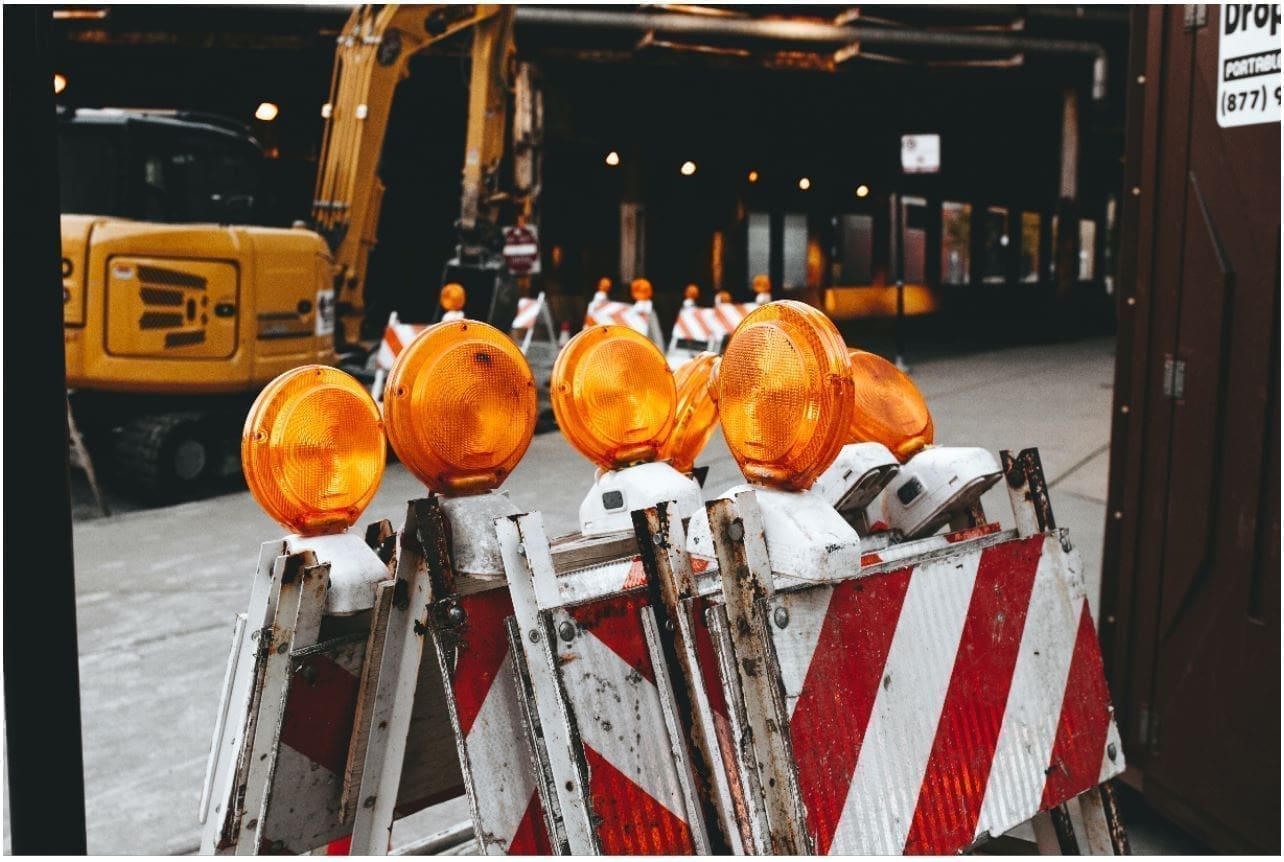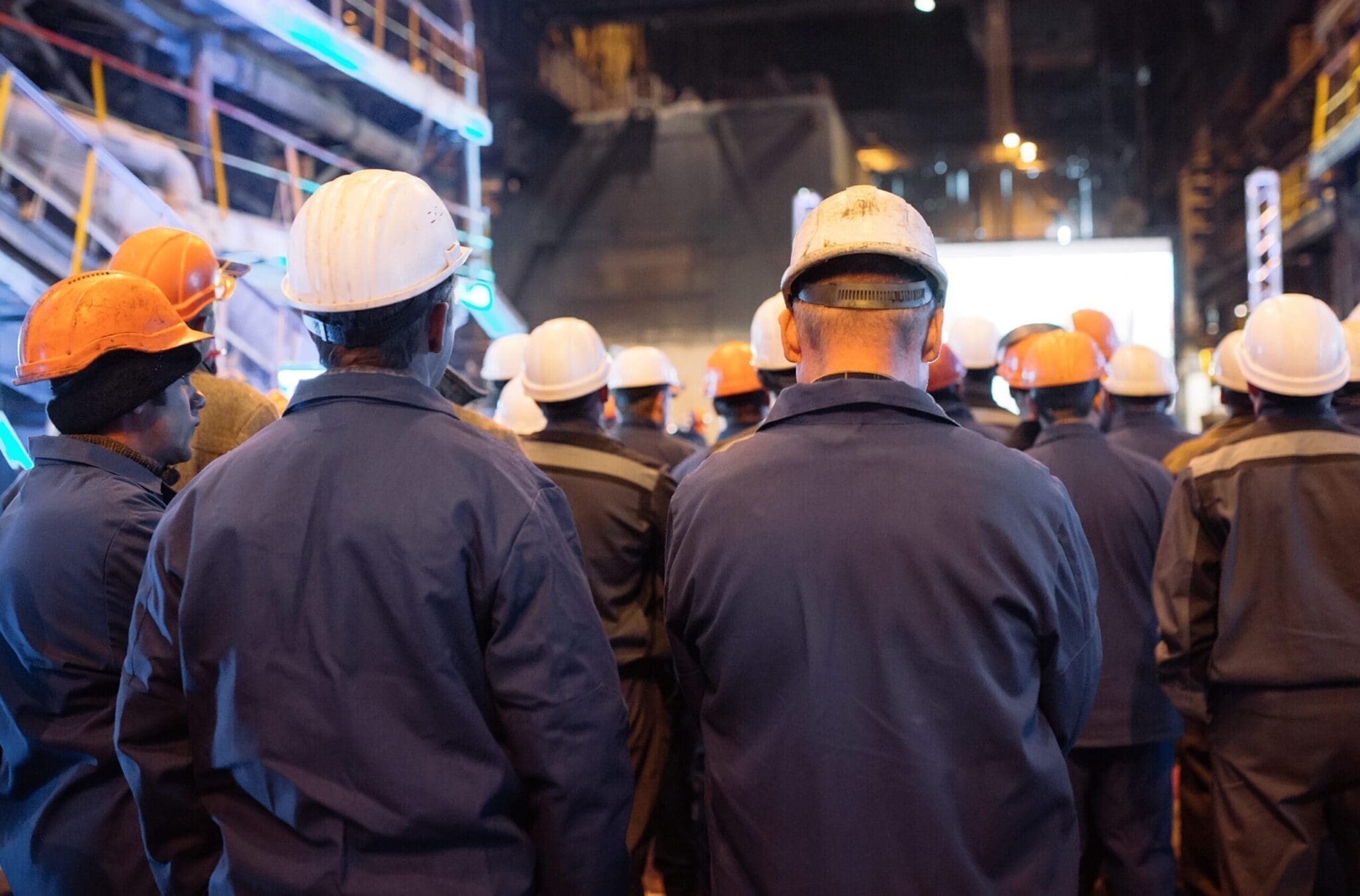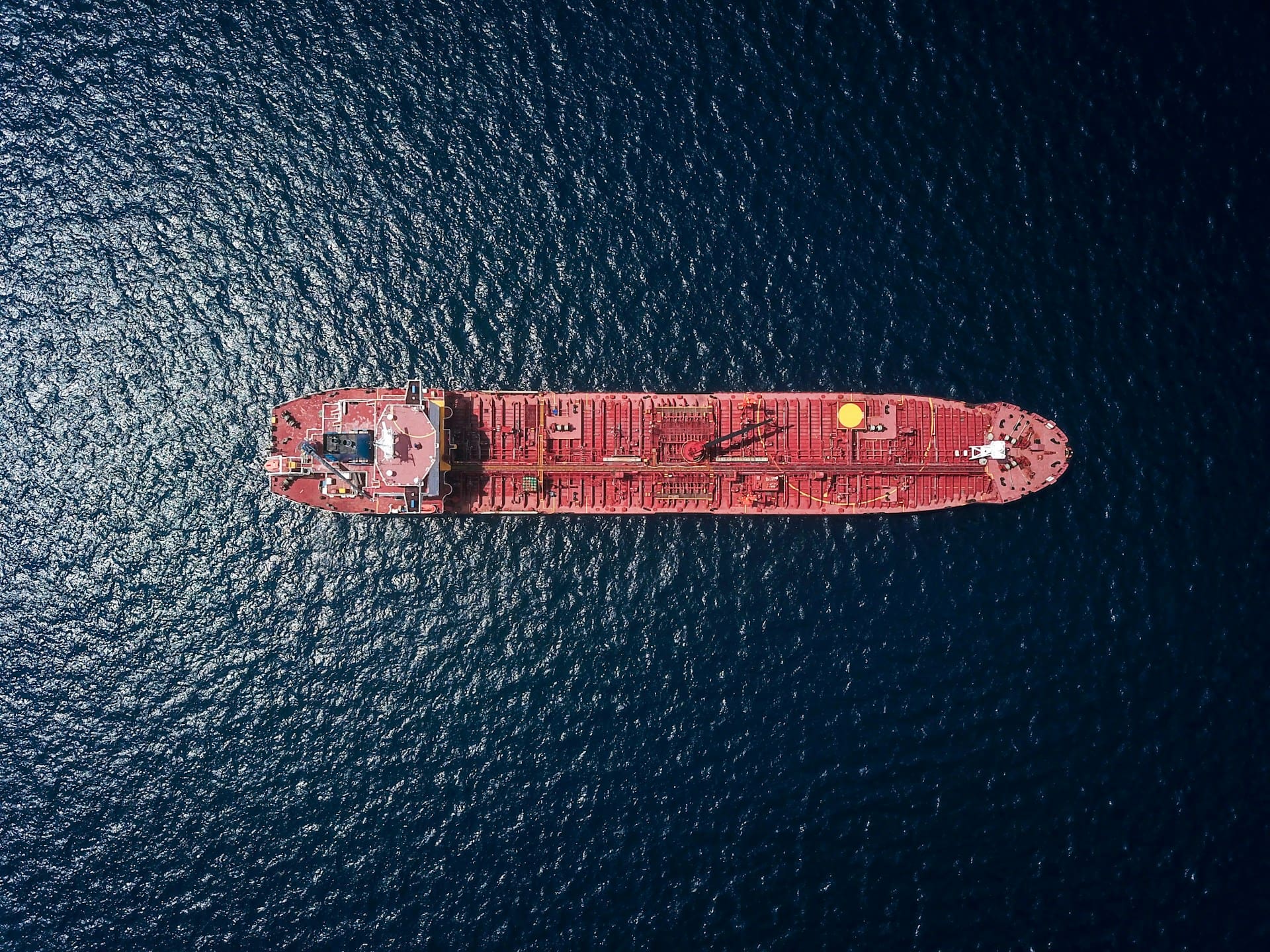Key takeaways from the Institution of Civil Engineers’ report.
When it comes to health and safety on construction sites, measures related to the ‘safety’ side of the equation are more visible and obviously linked to the physical work taking place. Workers wear hard hats, safety nets and guard rails protect against falls, and signs point out potential risks onsite. The ‘health’ side of things can sometimes be underestimated or misjudged as the hazards and the diseases they cause are less visible than safety issues. A 2019 report from the Institute of Civil Engineers (ICE) looked at this issue, with the aim of exploring how construction companies can begin creating ‘healthier’ workplaces. In light of the current pandemic, there is renewed focus on health and safety on site, so it’s worth revisiting this report to understand some of the key findings, which are just as relevant today, as the hidden cost of stress related to Covid-19 continues to take its toll.
The report defines health as a much broader category than safety, often encompassing factors outside of the workplace and therefore outside of a company’s control. A person may injure themselves while gardening, lack of sleep due to having a newborn baby or be feeling the stress of a sick family member.
All of these factors have the potential to affect their judgement and decision making while on a construction site. Have you thought about how unseen health issues might be influencing health and safety in your supply chain? Here are the key takeaways from the ICE report.
Workplace health lags behind safety – 6 key findings and what you can do to help
Ownership of health matters can be muddled
In recent years construction safety management has been increasingly incorporated into project management, with health and safety professionals supporting managers. The report found this does not happen anywhere near as consistently for the management of health risks, although it is a model that can be replicated.
Lack of education: providing more training and information is a must
Health issues are currently underplayed in the majority of formal health and safety training programmes. Construction workers should be made aware of how to recognise health hazards with lower visibility – such as dangerous levels of noise or the long-term effects of respirable dust. If you’re not sure whether health matters are taken into account by your suppliers, consider including a question on your PQQ to find out whether they offer training on health, as well as safety, risks.
Better visibility of health issues is needed
Management teams on most major construction projects now have access to a range of safety metrics and key performance indicators – helping to place safety alongside key priorities like productivity and cost. Including health metrics in KPIs could encourage managers to take more ownership. Asking all your suppliers for these KPIs against these metrics will give you a good view of how your supply chain is performing as a whole and allow you to benchmark your suppliers against industry best practice.
Leading with best practice on large projects can have a trickle-down effect across the industry
The way major projects handle health risks can have a trickle-down effect to smaller ones as suppliers and sub-contractors carry learnings with them. Procurement also has a role to play as health standards can be clearly explained in tender documents. This is an important way of promoting better health and safety in supply chains and particularly ensuring that guidance and best practice regarding safe working during the Covid-19 pandemic, can be shared and followed.
Businesses can take steps to remove risks entirely
Where possible, companies should try to mitigate health risks during the design stage of construction projects. An example of this could be performing certain tasks such as welding and trimming the tops of concrete wall columns offsite to reduce the amount of dust, noise and vibration workers are exposed to. This approach has been widely adopted to manage safety risks, but could also be applied to manage the ‘human factors’ in workplace safety.
Improved industry standards and data management
The transient nature of the construction workforce presents barriers to the effective management of health data for individuals over the long-term. In an effort to try and create a workable solution one pilot scheme currently running recommends that all construction workers undergo 3-yearly health checks.
Making construction safer
According to the International Labour Organization (ILO), 136,000 people are estimated to be in situations of modern slavery in the UK. The construction industry is one of the most high-risk sectors, alongside agriculture and manufacturing. We believe that raising health and safety standards across the construction industry actively adds value to every company involved. From supply chain risk management to labour productivity and worker wellbeing, the results we achieve today lay the groundwork for more positive outcomes in the future.
This is why projects like the creation of the ‘People Matter Charter’ by the Supply Chain Sustainability School is such an important step for the industry. The charter has been developed to improve working practices across the construction supply chain. Achilles ambassador Shaun McCarthy was involved in the creation of the charter, which includes commitments to tackle issues relating to equality, diversity and inclusion; skills and training, workforce culture, a living wage, due diligence, labour legal requirements, labour exploitation, and payments. 24 organisations have already signed up since the charter’s launch on 21 January.
“We’ve worked with stakeholders across the construction industry to create a charter which tackles the key issues in a pragmatic and meaningful way,” said Shaun. “We would encourage all players throughout the supply chain to read it and consider what changes they can make to improve safety in the industry.”
Our communities also play a big part in raising standards for health and safety in supply chains. By helping buyers accurately assess the performance of their suppliers when it comes to labour practices, we help make sure everyone is working to the highest standards. The figures support this, with suppliers undergoing labour practice audits consistently scoring better for health and safety and CSR criteria. Our data shows that audited suppliers have 40% fewer fatalities and accidents.
There is still a lot of work to do. Only 26% of suppliers report having a good understanding of their own supply chain. Elevating health and safety in supply chains across the construction industry means everyone working towards the same goals, as well as ensuring that sites can continue during a pandemic. This is especially true when it comes to addressing the unseen health risks that affect supply chain risk management.
Contact us to find out what you could be doing differently to improve the wellbeing and productivity of every link of your supply chain.


